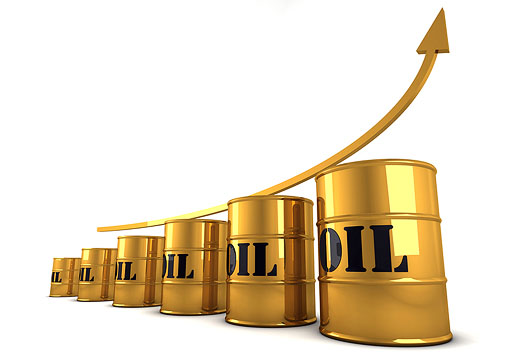The U.S. Sets A New Gasoline Demand Record

Given all the media hype about peak oil demand — which is supposed to come about largely as a result of the explosive growth of electric vehicles (EVs) — you might be forgiven for missing the news that U.S. gasoline demand just hit a new all-time high. This new demand record comes despite EV sales that tripled in the U.S. from 2012 to 2016.
My news feed tends to be dominated by headlines like Goldman Sachs warns of peak oil demand by 2020 (even though that headline doesn’t accurately reflect what the article said). But do the facts contradict the narrative? Sensationalism dominates the news, and the idea that oil demand will begin to decline shortly is definitely sensationalistic. I believe that this is one reason oil prices remain depressed because it perpetuates expectations that oil’s days will soon be at an end.
Every Wednesday the Energy Information Administration (EIA) releases its Weekly Petroleum Status Report. Last week’s report noted that Finished Motor Gasoline supplied in the U.S. for the week ending 7/28/17 was 9.842 million barrels per day (BPD). That is a record, and not just seasonally. Last week’s gasoline demand was the highest weekly U.S. gasoline consumption on record. The top four weekly gasoline consumption numbers on record have all occurred in 2017 — not exactly what one might expect given all of the “peak demand” articles that are all the rage.
Not only are we using record amounts of gasoline in the U.S., but refiners are also exporting record amounts of crude oil and finished products — more than 3 million BPD (even though the U.S. is still a net importer of crude oil). And just to be clear, the gasoline consumption numbers reported above do not include gasoline that is exported. The EIA specifically notes:
Product supplied: In general, product supplied of each product in any given period is computed as follows: field production, plus refinery production, plus imports, plus unaccounted-for crude oil (plus net receipts when calculated on a PAD District basis) minus stock change, minus crude oil losses, minus refinery inputs, and minus exports.
California is responsible for nearly half of all EV sales, with explosive growth in recent years. You might expect to at least see a decline in gasoline demand there. But gasoline demand in California has climbed each year since 2013 and is on track to rise again this year. Since 2013, gasoline demand in California has grown by 850 million gallons (~6%).
The reason gasoline consumption continues to increase despite the rapid growth of EVs is that the population continues to grow. I believe that this variable is generally missed by those calling for a short-term peak in oil demand. The problem is more complex than “More EVs = less oil consumption”, but that’s how it’s being treated by some analysts. Thus, as a result of this glaring blind spot, it should come as no surprise that gasoline demand trends don’t match the narrative that is being constructed.



